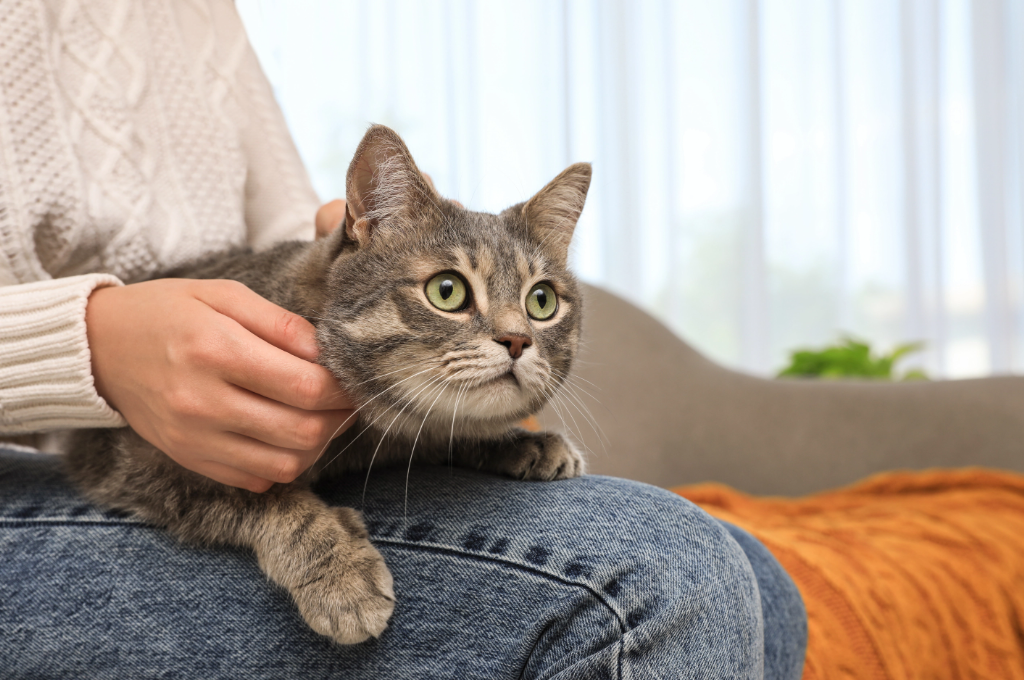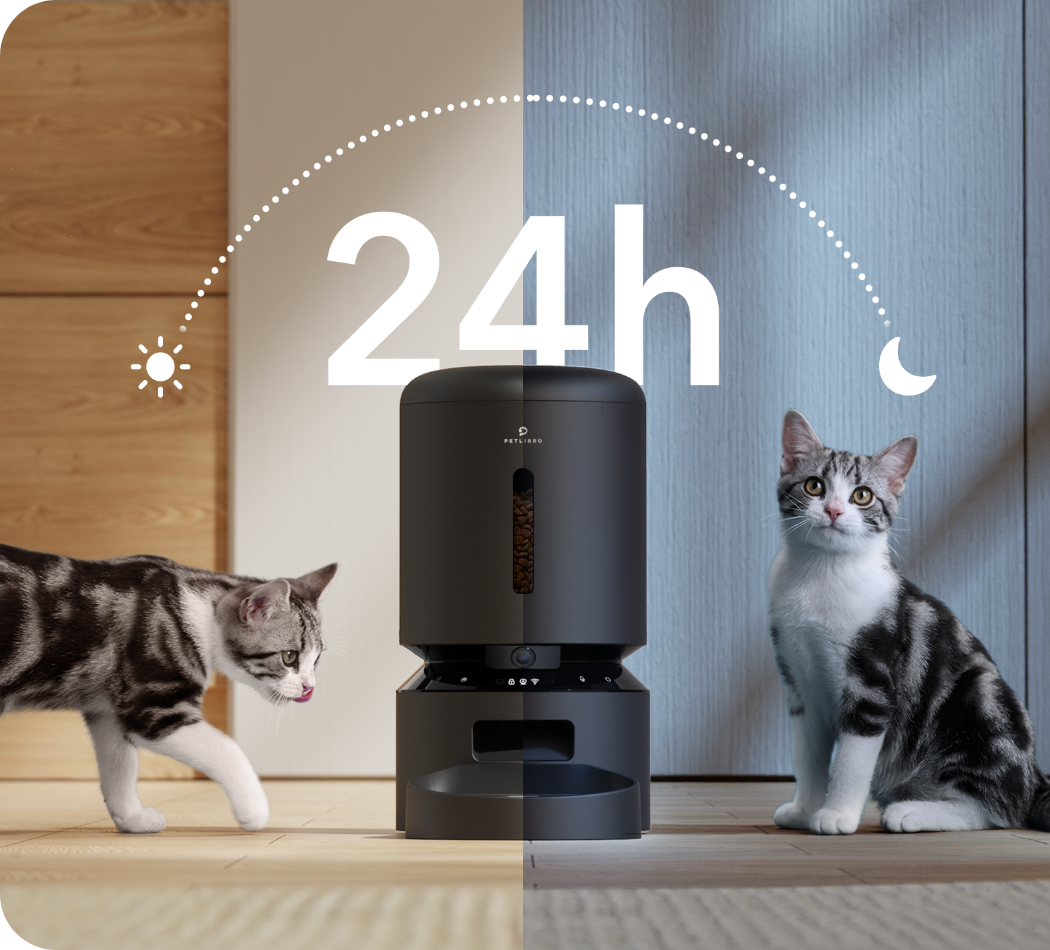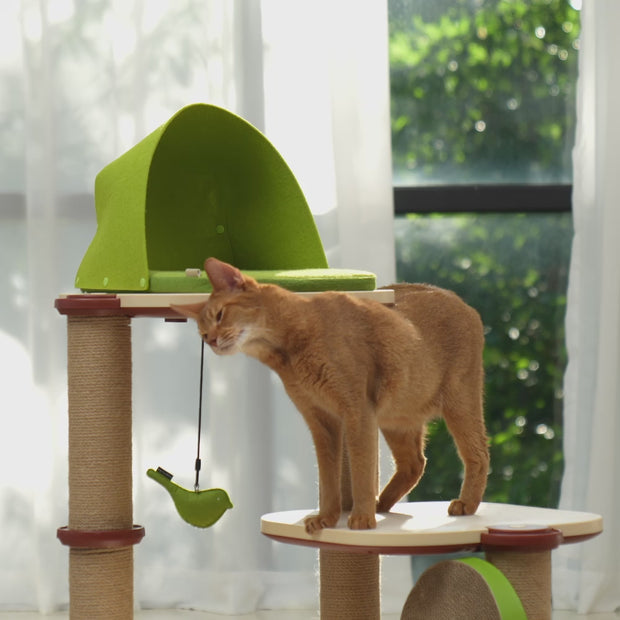Check out before these deals are gone!













































By subscribing, you agree to receive email marketing from Petlibro. Privacy Policy | Terms of Service


*Voucher is non-refundable and only one can be used per order, starting 11/13.


By subscribing, you agree to receive email marketing from Petlibro. Privacy Policy | Terms of Service


Code is valid for 72 hours and can be used for one order only. Code can’t be combined with other codes.
Discounts cannot be used toward new product launches.


Open to legal U.S. residents, 18 years or older. Void where prohibited. Giveaway begins on 08/26/2025 and ends on 09/15/2025 at midnight PST. Three winners will each receive a limited-edition Petlibro PR Kit, which includes the Scout Smart Camera and select branded merch. Winners will be chosen at random and notified via Instagram or email (depending on entry format) by 09/30/2025. If a winner does not respond within 48 hours, another may be selected. Odds of winning depend on the total number of eligible entries received. Only one email entry per person will be counted, though additional entries may be submitted through the bonus methods described above. Petlibro is not liable for any issues that arise from participation or use of the prize. Personal information will be collected and handled in accordance with our Privacy Policy.




Open to legal U.S. residents, 18 years or older. Void where prohibited. Giveaway begins on 08/26/2025 and ends on 09/15/2025 at midnight PST. Three winners will each receive a limited-edition Petlibro PR Kit, which includes the Scout Smart Camera and select branded merch. Winners will be chosen at random and notified via Instagram or email (depending on entry format) by 09/30/2025. If a winner does not respond within 48 hours, another may be selected. Odds of winning depend on the total number of eligible entries received. Only one email entry per person will be counted, though additional entries may be submitted through the bonus methods described above. Petlibro is not liable for any issues that arise from participation or use of the prize. Personal information will be collected and handled in accordance with our Privacy Policy.


The bi-annual event of Daylight Saving Time change not only affects humans but also our cherished pets. The time change may disrupt their routines and impact their health. In this article, we will explore how changes in Daylight Saving Time may affect pets' lives emotionally and practically, and provide pet owners with tips to help their furry pets adjust harmoniously.

Daylight saving time changes can have profound emotional and lifestyle implications for pets. These beloved animals, from cats to dogs, find comfort in routine and predictability. Any sudden shifts in their daily schedules, be it meal times, play sessions, or sleep routines, can trigger a sense of disorientation and unease. Consequently, some pets may display visible signs of anxiety, increased restlessness, or significant behavioral alterations as they struggle to adapt to these disruptions.
As a pet owner, there are proactive steps you can take to help your furry friend cope with the challenges of Daylight Saving Time changes. Here are some tips to consider:
1. Gradual Transition: Begin adjusting your pet's schedule a few days before the time change, gradually altering their eating and activity times. This gradual transition helps minimize the impact of sudden changes on your pet's routine.

2. Use an Automatic Feeder: Consider using an automatic feeder such as the PETLIBRO Granary Camera Monitoring Feeder to watch your pet's eating frequency through the camera on weekdays when you're not at home. The Granary's voice recording feature can be used to customize the meal call function to call your pet to eat food during mealtimes, ensuring that your pet eats at a consistent time, even if the time changes. This can provide a sense of stability and predictability for your pet during transitions.
3. Maintain Exercise and Playtime: It is important to continue to provide your pet with regular exercise and playtime despite the time change. Engaging your pet in toy activities helps relieve stress and anxiety, keeping your pet mentally and physically stimulated.

4. Create a Comfortable Environment: Make sure your pet has a comfortable and safe space to relax. Setting up a cat climbing frame at the right height in your home, such as from PETLIBRO's INFINITY Cat Tree, can provide a secure and comfortable space for your pet during this period of acclimatization.
5. Monitor Your Pet's Behavior: Pay close attention to your pet's behavior and mood during the time change. Observe your pet for signs of distress or discomfort and consult your veterinarian if needed.
By implementing these tips, pet owners can help their furry companions adjust to the Daylight Saving Time change, ensuring a smoother transition and minimizing any potential stress or anxiety for their pets.